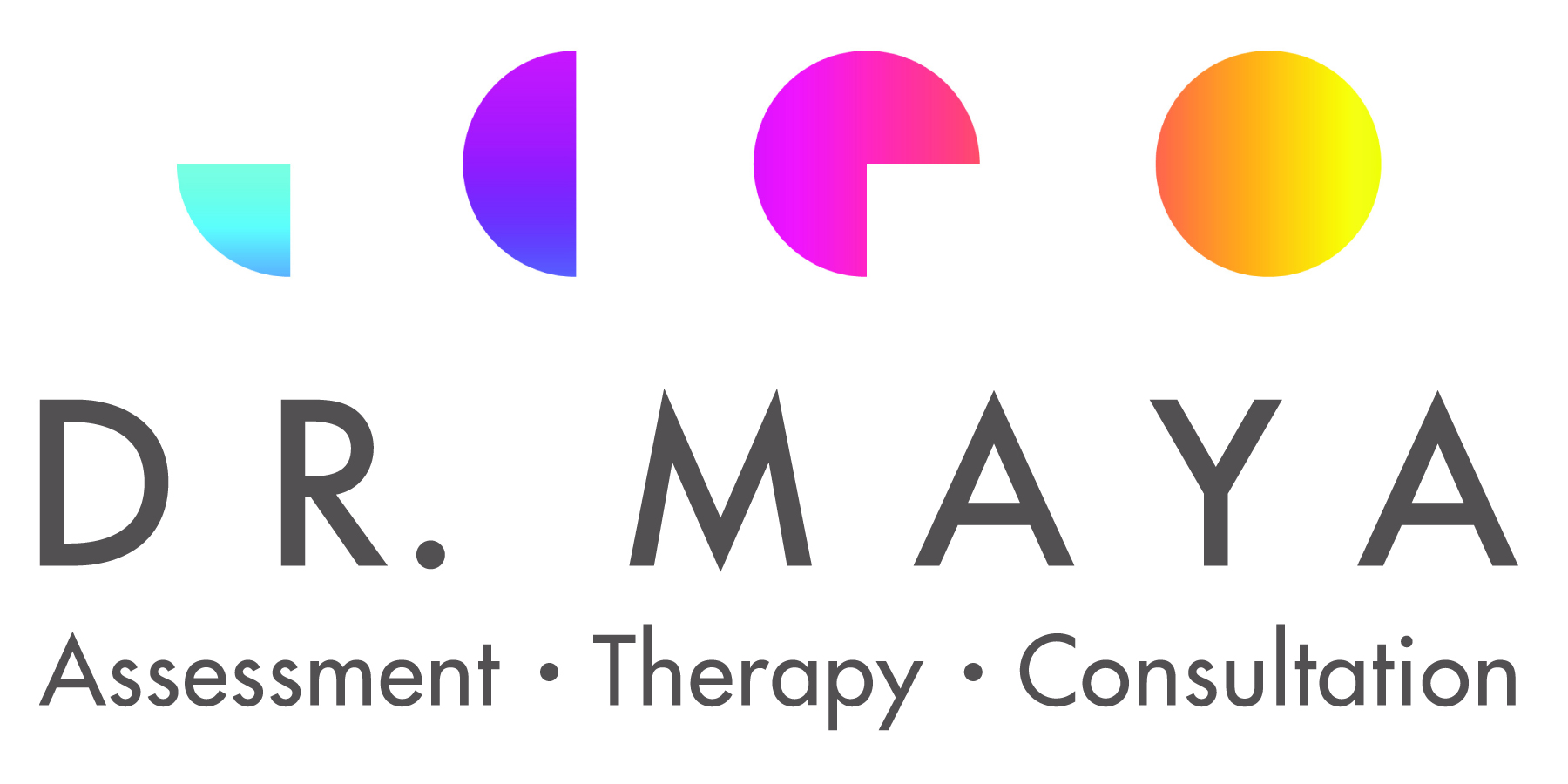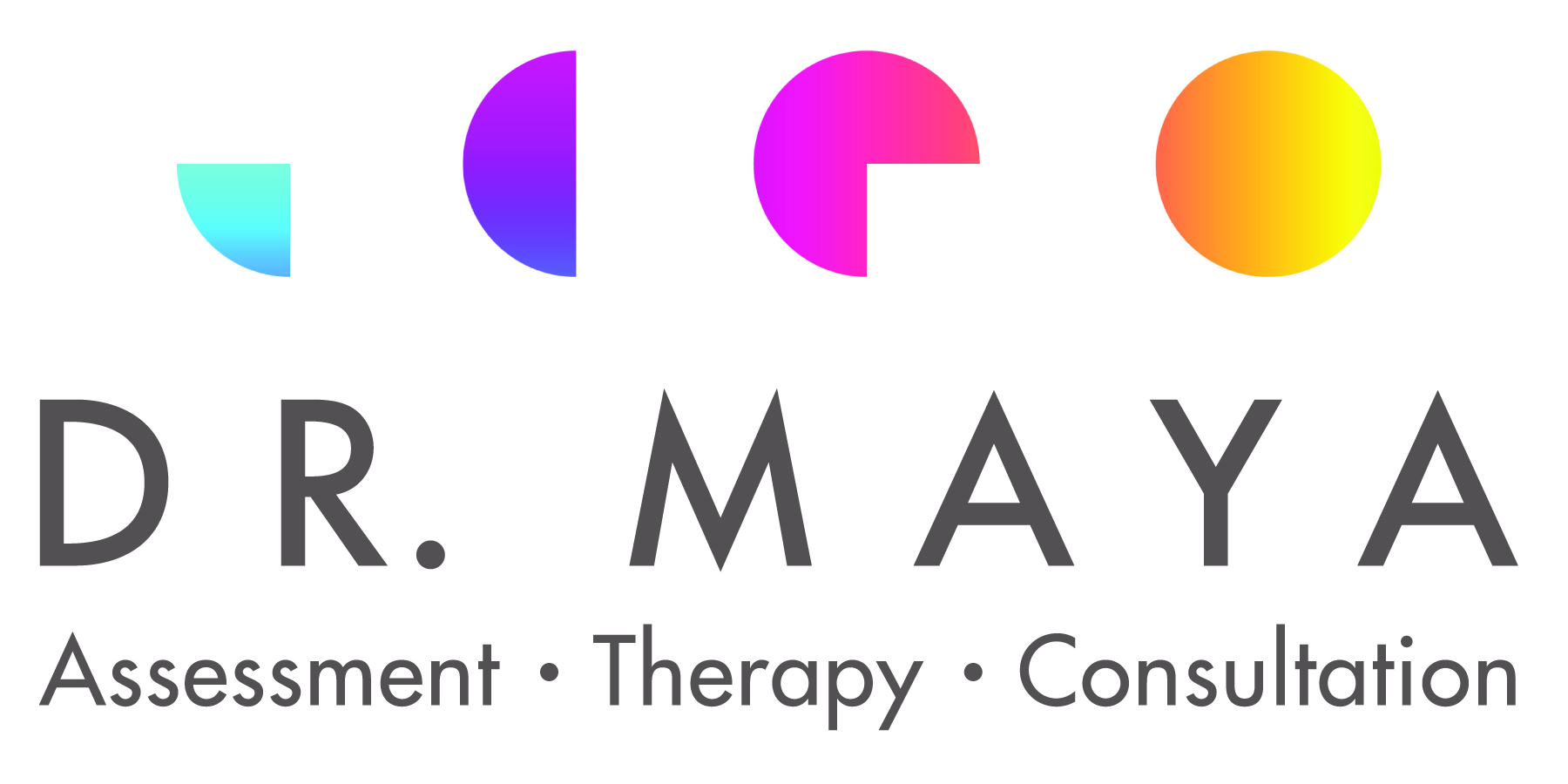Guide to Autism Assessments
A diagnosis of autism spectrum disorder (ASD) can open doors to essential intervention services, particularly for young children. While there was once a “wait and see” approach, research now shows that ASD can be reliably diagnosed in very young toddlers, allowing for early support and intervention that can make a meaningful difference in a child’s development.
However, the assessment process is not just about obtaining a diagnosis—it provides a deeper understanding of an individual’s strengths and areas where support is needed. A thorough evaluation serves as a roadmap for intervention services, guiding families toward the most effective strategies and resources.
- For young children, an evaluation helps identify early supports that promote communication, social skills, and development.
- For older children, an assessment can provide insight into school and home supports. For children who received autism diagnoses as young children, reassessment can aid to refine accommodations and strategies as their strengths and needs evolve.
- For teens and adults, an evaluation fosters self-understanding and self-acceptance while also helping to access academic or workplace accommodations.
No matter the age of the individual, an ASD evaluation offers valuable insights that can support an individual’s well-being, personal growth, and access to necessary resources.

What is autism?
Autism, or autism spectrum disorder (ASD), is a neurodevelopmental difference that affects how a person experiences the world, communicates, and interacts with others. It is characterized by variations in social communication, sensory processing, and behavior patterns such as routines or focused interests. Autism is not a disease or something to be “fixed”—it’s a natural part of human diversity. People with autism have unique strengths and challenges, and support needs can vary widely from person to person. We recognize and honor these differences with a neuroaffirming approach that emphasizes understanding, respect, and empowerment.
How is autism diagnosed?
There is no single test that can determine whether someone is autistic. Instead, autism is diagnosed through a comprehensive process that gathers information from multiple sources to understand the full picture. This includes direct behavioral observation, standardized assessments, developmental and cognitive testing, and in-depth interviews with the individual and their caregivers. A thorough review of developmental history and daily living skills is also essential in making an accurate diagnosis.
Because autism presents differently in each person—and may overlap with other cognitive or mental health concerns—the evaluation process can be detailed and time-intensive, particularly for older children, teens, or adults. Our psychologists are experienced autism assessors with specialized doctoral and post-doctoral training in neurodevelopmental diagnosis. We approach each evaluation with care, precision, and a deep respect for neurodiversity.
How young can autism be diagnosed?
Autism can often be reliably diagnosed by 18 months of age, and in some cases as early as 12 months, depending on the clarity of developmental differences. Early signs may include differences in social communication, play, or sensory responses. Early identification can help families access supportive services and better understand their child’s needs. Our team has experience evaluating young children and uses developmentally sensitive, evidence-based tools to ensure a thoughtful and accurate diagnosis.
What is a comprehensive autism evaluation?
A comprehensive autism evaluation is a detailed, multi-step process designed to understand an individual’s strengths, challenges, and unique developmental profile. Our evaluations follow best practices outlined in current clinical and research guidelines to ensure clarity, accuracy, and usefulness for families navigating support systems.
Key Components of a Comprehensive Autism Evaluation Include:
- Intake Interview: We begin with an in-depth interview to gather information about developmental history, medical and mental health background, lived experiences, current concerns, and daily functioning. For younger clients, this conversation typically involves caregivers. For adolescents and adults, the individual is encouraged to participate directly, with optional input from family members or other supports.
- Multi-Domain Assessment: A comprehensive evaluation explores a range of areas to develop a full understanding of the individual’s neurodevelopmental profile, including:
-
Autism-specific characteristics (e.g., social communication differences, restricted and repetitive behaviors)
-
Cognitive functioning
-
Adaptive skills (daily living, independence)
-
Language and communication abilities
-
Sensory processing patterns
-
Emotional, behavioral, and psychological health (e.g., anxiety, depression, ADHD)
-
-
Use of Validated Tools and Clinical Observations: We incorporate standardized, research-supported instruments—such as the ADOS-2, ADI-R, and CARS-2—along with real-world observations and input from relevant support systems (e.g., teachers, therapists, employers, or partners, when applicable). Observations are tailored to the context—whether a structured play-based setting for young children or conversational and task-based interactions for older individuals.
- Screening and Differential Diagnosis: When appropriate, we use additional tools to differentiate autism from other developmental, learning, or psychiatric conditions and to identify co-occurring diagnoses. This may include cognitive or neuropsychological testing, and assessments targeting attention, trauma, or mental health.
- Culturally and Developmentally Informed Approach: We respect and consider each individual’s age, cultural background, communication preferences, gender identity, and neurodivergent experience to ensure the evaluation is both affirming and accurate.
- Feedback and Recommendations: Every evaluation includes a comprehensive written report and a collaborative feedback session. Our goal is to ensure each individual (and their support system, if relevant) understands the results and receives clear, strengths-based recommendations. These may include therapeutic referrals, school or workplace accommodations, social supports, or guidance for navigating services such as ABA, counseling, or assistive technology.
Are there insurance requirements?
To access insurance-covered autism-related services such as Applied Behavior Analysis (ABA), speech therapy, or occupational therapy, many providers require that autism evaluations include validated assessment tools. These tools help ensure that diagnostic decisions are supported by standardized, evidence-based methods.
For example, TriCare—a major insurance provider for military families—requires that diagnostic reports include structured assessments that meet accepted clinical standards. These include:
-
Screening Tool for Autism in Toddlers and Young Children (STAT)
-
Autism Diagnostic Observation Schedule, Second Edition (ADOS-2)
-
Autism Diagnostic Interview-Revised (ADI-R)
-
Childhood Autism Rating Scale, Second Edition (CARS-2)
-
Gilliam Autism Rating Scale, Third Edition (GARS-3)
We utilize these and other validated tools as part of a comprehensive, individualized evaluation process. By aligning with insurance documentation standards—including those from TriCare and other major carriers—we help families obtain timely access to the services their child needs.


